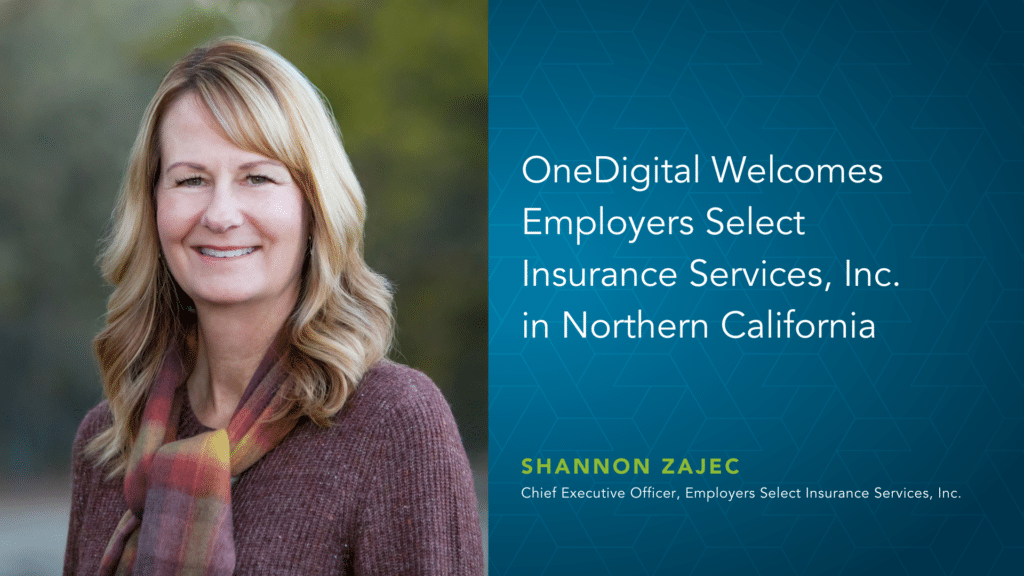Better Benefits, Lower Costs
How Universities Use Split-Dollar Life Insurance Policies to Retain Winning Coaches
How Universities Use Split-Dollar Life Insurance Policies to Retain Winning Coaches
Split-dollar life insurance agreements have been used in the corporate world for 60-plus years, but they didn’t make headlines until they became part of the multimillion-dollar contracts of many top-performing college basketball and football coaches.
A split-dollar life insurance plan is not a specific insurance product. Instead, the term “split-dollar” describes a strategy for structuring an agreement so that the employer and the employee share in the cost and benefit of a life insurance policy and use it to provide deferred compensation to the employee. A contract that defines how the expense of the premiums, the death benefit and the plan’s cash value are divided between the two parties establishes the policy as a split-dollar agreement.
A split-dollar arrangement can enable an organization to provide a selected employee with a loan that is then used to pay the premiums on a cash accumulation life insurance policy. At some point, either when the employee retires or upon the employee’s death, the employer recoups the loan from the policy’s cash value or death benefits. Along the way, both employer and employee are positioned to realize potential tax advantages. Structured for the long haul and with the potential to reward an employee generously, split-dollar agreements can be a powerful tool for helping organizations compete for and then hold on to key talent.
Win or Go Home
Every year, tournaments and bowl games put NCAA basketball and football coaches under an intense and unforgiving spotlight. Coaches who lead teams to success are valuable, revenue-generating assets that universities seek to retain and reward. Coaches whose teams fail to reach postseason play or exit early may find themselves searching for their next employment opportunity.
Responding to the demands of fans, alumni, and season-ticketholders to retain and equitably incentivize the superstars of coaching can challenge academic budgets. To achieve their objectives, many universities have utilized a split-dollar life insurance structure as a key compensation and benefits strategy. The University of Michigan was one of the first schools to receive extensive publicity when it took advantage of this type of agreement to help reward and retain football coach Jim Harbaugh.
In 2016, Coach Harbaugh entered into a contractual agreement with the University of Michigan to participate in a split-dollar life insurance plan. Dan Murphy a staff writer for ESPN, described the arrangement saying, “In addition to paying a $5 million salary for each of the remaining six years on his deal, Michigan also will loan Harbaugh $4 million in 2016 and an additional $2 million for the following five years to pay the premium on a life insurance policy.”
According to Murphy, “As long as the insurance policy stays active, Harbaugh does not need to repay the loan until he dies. At that time, the university can recoup its original investment, and the rest of the insurance payout would go to whomever Harbaugh chooses as his beneficiaries.”
Split-Dollar Life Insurance Agreements Can Work for Many Types of Organizations
Split-dollar life insurance agreements between universities and talented sports coaches provide a tax-managed way for a university to reward a successful coach while also motivating the long-term commitment of the coach to the university. For collegiate coaches, who sometimes have a short window to maximize their worth, a split-dollar life insurance strategy can help provide long-term deferred compensation benefits.
It's easy to see why the split-dollar structure may appeal to Athletic Directors tasked with attracting and keeping winning coaches. However, split-dollar life insurance agreements can also be an effective strategy for organizations of many types and sizes, including non-profit hospitals, medical groups, credit unions and other non-profits seeking to attract and retain the best talent in their field.
Split-dollar plans are even an option for some for-profit C or S corporations, partnerships, limited liability corporations, family-owned businesses and sole proprietorships. In each situation, split-dollar plans may offer an effective retention tool for the organization by offering a desirable deferred compensation benefit for the executive and an attractive death benefit feature for the executive’s beneficiary.
When competing against bigger organizations with deeper pockets and the capacity to attract and reward employees with company stock and other equity incentives, split-dollar plans are another strategy beyond the use of the unfunded IRC 457(f) nonqualified deferred compensation plans used by some government and tax-exempt employers.
A split-dollar plan can be strategically constructed so that:
- The executive is not taxed on the amount contributed to the plan.
- The executive’s account balance accrues on a tax-deferred basis.
- Unlike a 457(f) plan, all distributions can be structured as tax-free payouts.
- The executive’s benefit has no bankruptcy exposure because the executive, not the organization, owns the policy’s contract.
- Contributions to a split-dollar life insurance strategy can offset compensation, thereby reducing an organization’s exposure to tax code IRC 4960, which establishes a 21% excise tax on any dollar of compensation paid above $1 million by a tax-exempt organization.
- All contributions by the organization to pay the policy’s premiums can be reimbursed to the organization. This accountability can afford valued public goodwill for organizations that disclose payments to the public.
A well-designed split-dollar life insurance agreement can go a long way to attract and retain talent and level the playing field for privately held companies, credit unions, not-for-profit organizations and other types of for-profit corporate structures.
Want to read more about using deferred compensation strategies to reward and retain employees? Check out this recent article: The Retirement Savings Gap for Executives is Real
Monte Harrick is affiliated with Valmark Securities, Inc. Securities offered through Valmark Securities, Inc. Member FINRA, SIPC. Investment Advisory Services offered through Valmark Advisers, Inc. a SEC Registered Investment Advisor. 130 Springside Dr., Suite 300, Akron, OH 44333. 800-765-5201. OneDigital and Fulcrum Partners are separate entities from Valmark Securities, Inc. and Valmark Advisers, Inc. CA License #0771797
This material has been prepared for informational purposes only, and is not intended to provide, and should not be relied on for, accounting, legal or tax advice. Any tax advice contained herein is of a general nature. You should seek specific advice from your tax professional before pursuing any idea contemplated herein.
Investment advice offered through OneDigital Investment Advisors, an SEC-registered investment adviser and wholly owned subsidiary of OneDigital.




